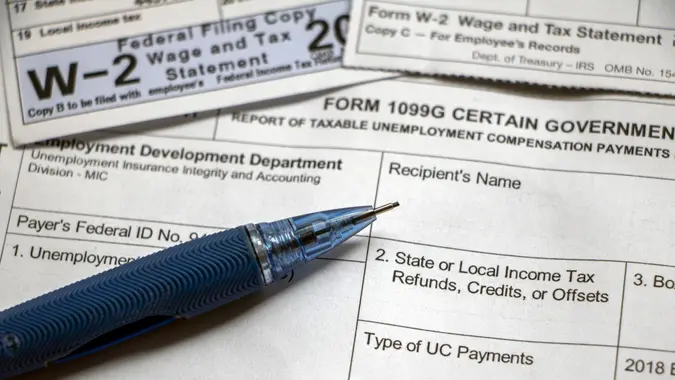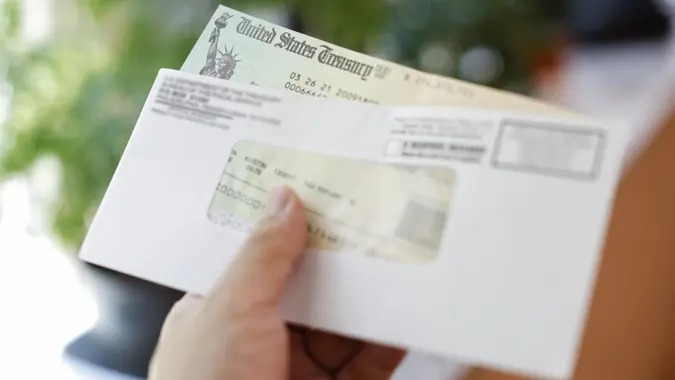How To Use Tax Treaties for International Income

Commitment to Our Readers
GOBankingRates' editorial team is committed to bringing you unbiased reviews and information. We use data-driven methodologies to evaluate financial products and services - our reviews and ratings are not influenced by advertisers. You can read more about our editorial guidelines and our products and services review methodology.

20 Years
Helping You Live Richer

Reviewed
by Experts

Trusted by
Millions of Readers
Earning income across borders can lead to one frustrating outcome: double taxation. According to the IRS, U.S. citizens are subject to U.S. income tax even if their foreign income is also taxed by the source country.
The IRS Publication 901 (U.S. Tax Treaties) shares summaries of all tax treaties in effect between the U.S. and other countries. These are agreements between countries made to avoid the issue of double taxation, helping to cut through red tape and reduce the burden. The key is knowing how to apply the right treaty to the right kind of income.
From expats living and working abroad to U.S. residents receiving rental or other income from a foreign country, there are ways to avoid paying more taxes than necessary. Here’s how:
Understand the Specific US Rules
All tax treaties will cover where different types of income are taxed. While for some countries, income is taxable only in the country of residence, it’s important to remember that the U.S. taxes its citizens on worldwide income, regardless of residency. So, if a treaty says income is “taxable only in the country of residence,” the IRS will still tax it.
Know the Residency Rules
Treaties only apply when residency is established. However, residency rules aren’t the same across borders, and a person can end up being a resident of both countries under local laws, yet only one under treaty rules.
Most treaties have tiebreaker tests for this situation, looking at factors like where the person’s permanent home is, where their “center of vital interests” (personal and economic relations) is, where they habitually live and their nationality.
Claim the Right Relief
Relief from double taxation usually comes in two forms: a foreign tax credit or the foreign earned income exclusion. The foreign tax credit lets U.S. taxpayers subtract foreign taxes paid on the same income from their U.S. tax bill. Meanwhile, the foreign earned income exclusion allows those who live and work abroad to exclude a portion of foreign wages from U.S. taxation.
File the Correct Forms
Getting the benefits isn’t automatic, so it’s important to claim in the way the relevant tax treaty requires. That means filing the right treaty forms with the tax return. The IRS uses Form 8833 for treaty-based positions, and other countries have their own versions.
Keep the Documentation
As with anything related to filing taxes, keeping accurate records is key. Proof will be needed of things like residency, income and expenditure. Without proper documentation, relief might be denied even if the claim is correct.
International income gets reported on a U.S. return, but a properly claimed credit or treaty benefit can keep it from being taxed twice. Understanding what’s taxable, how to claim relief and where residency lies can make a big financial difference.
More From GoBankingRates
 Written by
Written by  Edited by
Edited by 
























